Moroccan Tajines One Two and Turmeric Recipes.
Moroccan Tajines
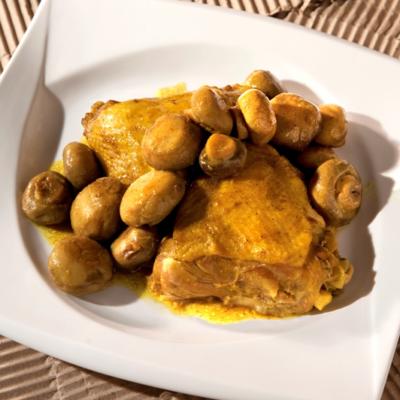
Stovetop  Recipes. One, Two and Turmeric. Meat and Fish Variations
This giant chapter on low-maintenance Moroccan Tajines is taken almost verbatim from my latest cookbook, The Whole Foods Kosher Kitchen. Read it cover to cover, it will soon become your best friend. It contains a wonderful grouping of my great favorite no-brainer cooking-without-cooking dishes, stovetop, Moroccan Tajine style. We grew up eating these scrumptious naive-style tajines, nutritiously and deliciously. When Mom was too busy to fuss, this is what we ate, and to this day I never tire of it, or think it will be boring, Heaven Forbid, even as I cook up a storm.
It illustrates perfectly how a finished dish can be so much more than the sum of its parts, however modest, and what wonderful things happen when you let each ingredient shine on its own, without any competition whatsoever, even if you are not a cook! The ingredient list in these dishes is so short (three—two plus turmeric, to be exact) and the prep work so minimal it just can’t get any simpler, or more delicious.
Moroccan Tajines: Talk About Culinary Minimalism!
Simplicity and elegance all rolled into one. Believe me if I tell you I recently served the one-two-and-turmeric Beef and Swiss Chard below at a Seder Meal and garnered as many compliments for it as I did for much more intricate dishes. It doesn’t hurt that all these Moroccan Tajines are gluten-free, and all but a couple are no-carb. Perfect for Passover too, except for the one with corn.
Once in a great while, I “cheat”, and turn my one-two-and-turmeric dish into a one-two-three-and-turmeric dish, just by tweaking the selections below and making some judicious combinations, and proceed just as instructed: carrots and turnips; artichokes and mushrooms; tomatoes and fennel; Swiss chard and celery.
You get the idea for this Moroccan Tajines list: Short short short selection!
Choosing your pot:Â
Only one great piece of advice, which will bring you to the best and most reasonable investment you ever made in your kitchen: Buy yourself a large, broad-bottom stainless steel pot with a lid, and enjoy all those moist and succulent stove-top preparations.
I won’t say a word about what brand pots to pick, simply because I never want you to think that in order for you to be a good cook, you need to invest in some extravagantly priced cookware.
What I do want to recommend for your pots, though, are the following pointers:
• Heavy gauge, called in the business 18/10.
• The layer directly in contact with the food must not be aluminum, as it is reactive and will leach into your food, resulting not only in a metallic off-taste but in real health hazards. (Which is the reason, by the way, you shouldn’t be cooking or baking in disposable aluminum pans. Only warming up is acceptable in disposables.) It’s OK, it’s good even, if the bottom or intermediate layer of your pot is aluminum, as it is a great heat conductor—meaning your food will cook evenly—just as long as the inside of the pot is not. We want our food to be in direct contact with stainless steel, copper, or enamel. Recently my daughter Bella replied to my question “Did you make sure you used a real cake pan?†with “Come on, Mommy. I’m your daughter. How could I use disposable?â€
• A wide bottom. It makes all stove-top preparations a pleasure, as there is minimal piling and therefore allows for much better control. There’s nothing you can’t do with a broad and shallow pot: Instead of the impractical 9-inch round, 12-inch- high stock pot, get a 12- or even 14-inch, 6-inch-high pot. Same goes for skillet: Nice and broad please! This cute Aesop fable will make my point in full: The fox invited the stork to his house and served her food in a wide shallow bowl; and of course she couldn’t get to it, so the foxy fox polished off her meal as well, just as he had planned all along. When she invited him, she served him in a long narrow bowl, and feasted on her food . . . and his. You have guessed it: We are the foxes!
Turmeric:Â
We grew up with “yellow food†and were practicing good nutrition without even knowing it. Those of you who saw the wonderful Indian movie Water will remember the wedding scene where all the dinner guests got their foreheads smeared with turmeric—a symbol, as it was explained, of good health and immunity. The health community is finally paying great attention to turmeric, the greatest antioxidant and anti-inflammatory of all: I can’t praise it highly enough. I throw it in as many dishes as I possibly can: While it does its magic, it hardly affects the flavor of the food, if at all—it just imparts a yellow color and a slight bulk to the texture of the finished sauce.
Fish lovers:
Follow the Moroccan Tajines recipes below using 8 6-ounce servings of firm-flesh fish such as tilapia, salmon, scrod, bass, etc., instead of chicken, but add ¼ cup olive oil to the pot. Transfer the fish with a slotted spoon onto a platter after 20 minutes of cooking and let everything else in the pot cook as below.
Meat lovers:
Follow the Moroccan Tajines recipes below using cubed beef, lamb, or bison instead of chicken. Cook the meat (about 4 pounds) alone in 6 cups of water for 2 hours and then add the other ingredient of your choice plus turmeric to the pot and cook as below. Here the water used is the meat’s cooking liquid. Add some water if necessary when adding the vegetable if you ran out of liquid.
Beef and Artichoke Tajine
The recipe below will be your guide for all listed Moroccan Tajines
All subsequent recipes in this chapter will follow exact same instructions.
CHICKEN AND CELERY
Ingredients:
A dozen serving pieces chicken (6 thighs, 6 drumsticks, with skin on. If using white chicken pieces, add 1/4 cup olive oil)
2 tablespoons turmeric
2 whole bunches celery, ribs peeled and cut into 2-inch chunks, or 2 large heads celery root, peeled and cut into inch cubes
3 cups water
Instructions:
Place all ingredients in a wide heavy pot. Bring to a boil, then reduce the flame to medium and cook covered for about 1 hour.
Transfer the chicken pieces onto a platter. If the sauce is not thick enough, reduce it on a high flame, uncovered, just a few minutes until it reaches the consistency of maple syrup. Pour the sauce over the chicken. Serve hot. Makes 8 servings.
CHICKEN AND ONIONS
Same as chicken and celery, substituting 3 large onions, very thinly sliced, for the celery.
CHICKEN AND POTATOES
Same as chicken and celery, substituting 2 pounds unpeeled organic new potatoes (only organic potatoes are safe with their skin on)—the smaller the better—for the celery.
CHICKEN AND SWEET Â POTATOES
Same as chicken and celery, substituting 2–3 large sweet potatoes, cut into inch chunks, for the celery.
CHICKEN AND FENNEL
Same as chicken and celery, substituting 2 heads of fennel—hard core discarded, very thinly sliced—for
the celery.
CHICKEN AND MUSHROOMS
Same as chicken and celery, substituting 2 pounds whole domestic or cremini mushrooms—the smaller
the better—for the celery.
CHICKEN AND SWISS CHARD
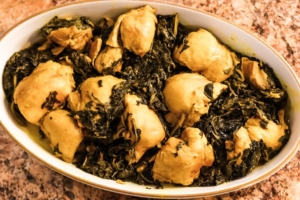
Same as chicken and celery, substituting 2 large bunches Swiss chard, leaves and ribs, sliced thin, for the celery.
Kale, collard greens, and mustard greens will work too, but in this case discard the ribs and use only the leaves.
CHICKEN AND CARROTS
Same as chicken and celery, using 2 pounds thin (not baby !) carrots, cut into 2-inch segments.
CHICKEN AND TURNIPS
Same as chicken and celery, substituting a large rutabaga (yellow wax turnip), cut into inch cubes, for the celery.
CHICKEN AND TOMATOES
Same as chicken and celery, substituting 4 large beefsteak tomatoes or 12 plum tomatoes, diced small, for the celery.
CHICKEN AND PLANTAINS
Same as chicken and celery, substituting 6 medium-ripe plantains, cut into 2-inch segments, for the celery.
CHICKEN AND OLIVES
Same as chicken and celery, substituting 2 cups good-quality pitted green olives, thoroughly rinsed, for the celery.
CHICKEN AND GARLIC
Same as chicken and celery, substituting 3 heads of garlic, all cloves separated and peeled, for the celery. When reducing the sauce at the end of cooking, mash the garlic cloves thoroughly with a fork, then pour the sauce over the chicken.
CHICKEN AND ARTICHOKES
Cook the chicken with the turmeric and water and add 2 pounds quartered frozen artichoke bottoms or
whole frozen artichoke hearts in the last 15 minutes of cooking.
CHICKEN AND CORN
Cook the chicken with the turmeric and water and add 2 pounds frozen corn kernels in the last 15 minutes of cooking.

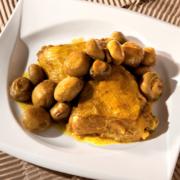
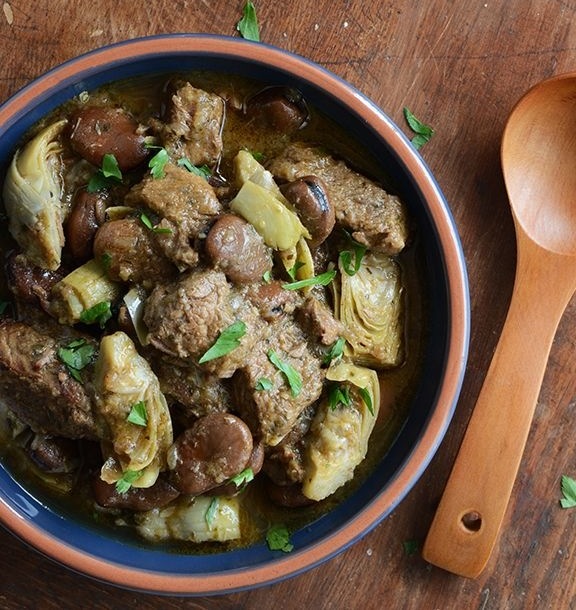
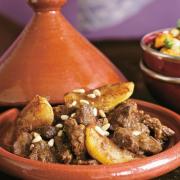
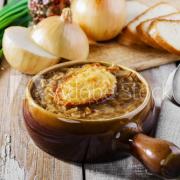


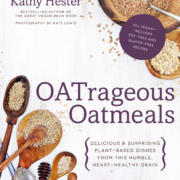


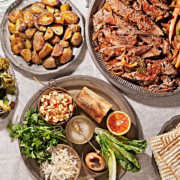


Hello, I have made this recipe (a lot of different variations) many times and always with a great success. Which combinations of chicken or fish (I would like to make both) would freeze the best? Thank you
Ailuy, Don’t freeze fish tajines. All meat and chicken tajines will freeze well. Maybe the one with mushrooms and the one with potatoes are my least favorite to freeze, all others freeze great.
This recipe is a godsend for anyone who’s busy, with anything, but wants to eat a healthy wholesome meal. If you can wait an hour, all you have to do is pop a few ingredients on the stove top and you’re good to go! I’ve tried this recipe with green olives and sweet potatoes (with particularly delicious results with the sweet potatoes). I also just want to mention that before Levana’s cookbook, I did not know how to cook meat at all–Levana has made it easy!
Seyma I can’t begin to tell you how devoted I am to this whole set of dishes, on two and turmeric.as you see in my cookbook, I have endless variations of it. Putting this comment of my Facebook fan page as well would be wonderful!